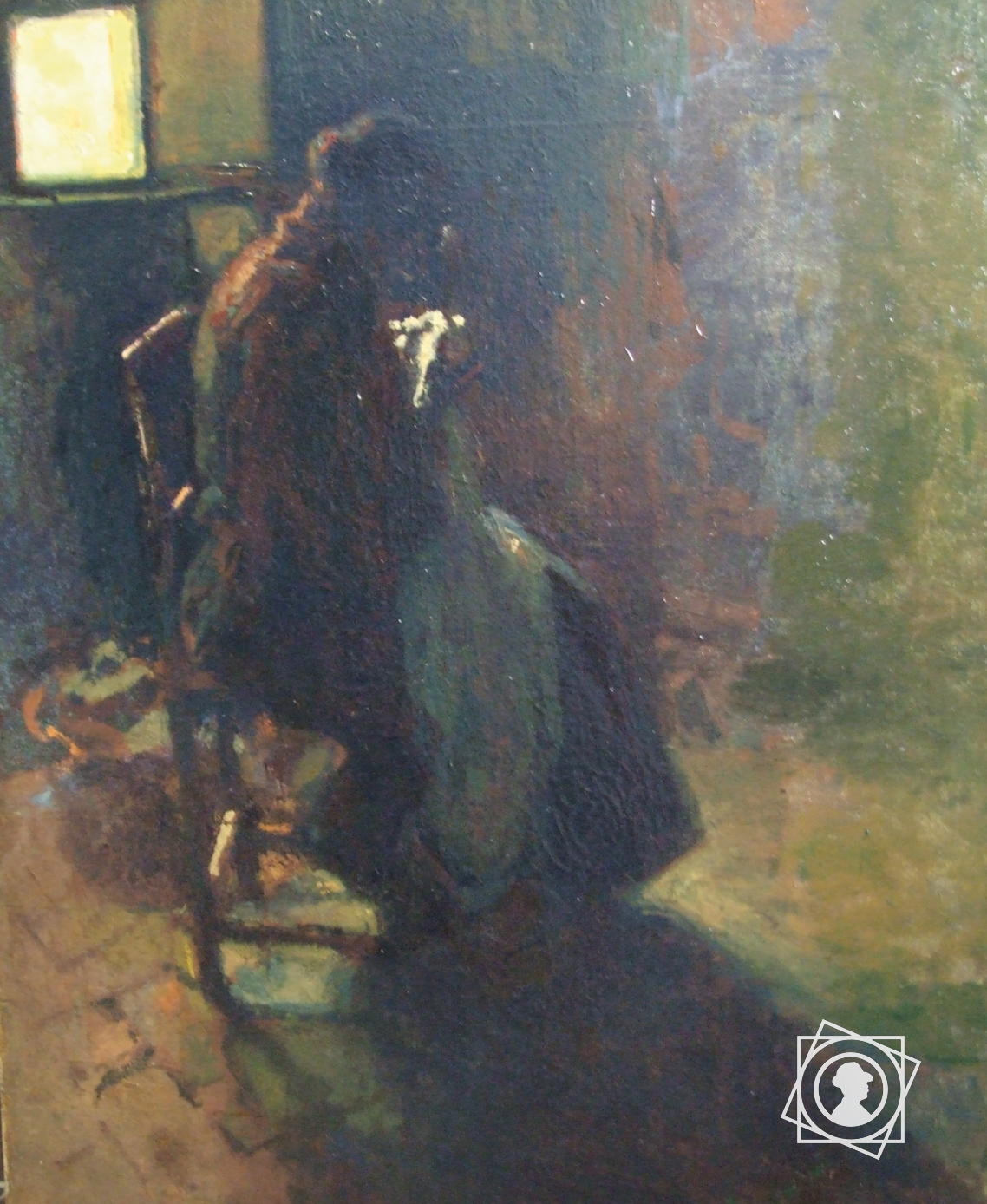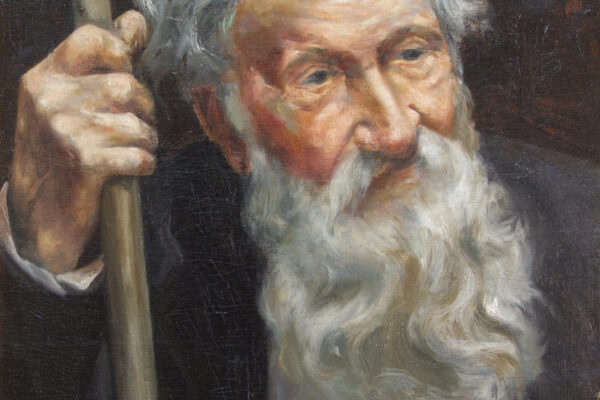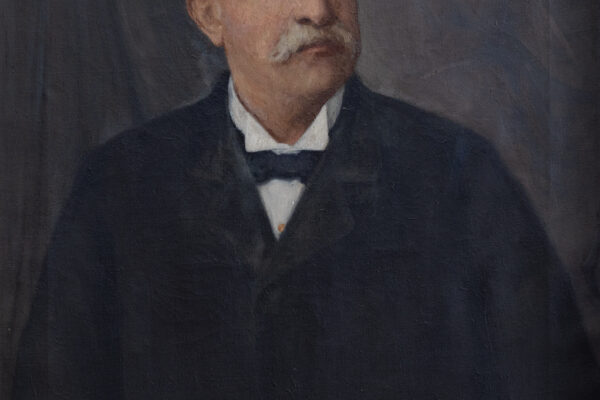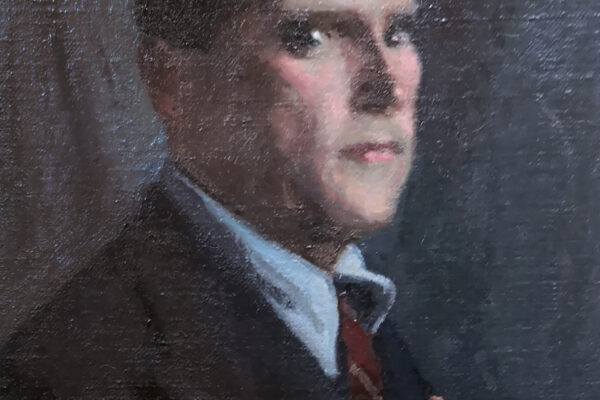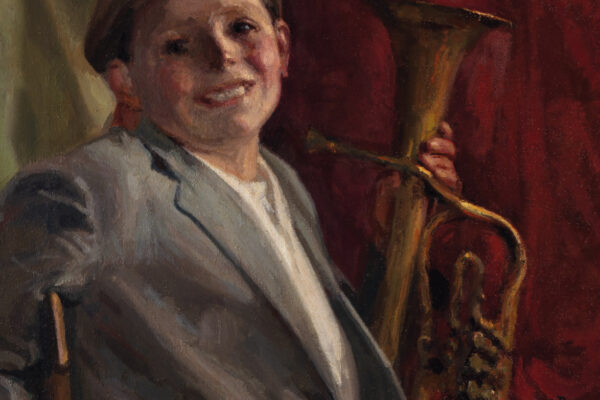Paride Pascucci
Manciano, 30 September 1866 – 2 August 1954
Pascucci entered the Accademia di Belle Arti in Siena in 1882 as one of Luigi Mussini’s last students. He did not share Mussini’s Purist orientation, but rather sought raw realism in his first work, Heroes of Maremma (Florence, Fondazione Cassa di Risparmio). In 1897, on a fellowship from the Società di Esecutori di Pie Disposizioni, he went to Rome to perfect his style in Cesare Maccari’s studio. With Maccari, starting in 1909 he worked on the frescoes in the Marian shrine in Loreto and the Palazzo di Giustizia in Rome, which he finished, along with paintings for the cathedral of Nardò, at Maccari’s express desire. In the early years of the twentieth century Pascucci participated with success in the Mostre Nazionali di Belle Arti in Rome, where in 1909 he showed The Apostles, now on loan to the church of San Leonardo in Manciano.
Back in Manciano, Pascucci oriented his work towards themes of proletarian rebellion. In 1924 and 1929 he won the Spranger prize at the Accademia delle Arti del Disegno with The Returning Hero and The Dead Christ before the Procession, also known as Good Friday (property of Banca TEMA, on loan to the church of San Leonardo in Manciano). In 1925 he won first prize at the Società di Belle Arti in Florence with Hour of Rest. His anti-Fascist views caused him serious problems, to the point of making him decide in 1930 to withdraw to his home town and devote his efforts to landscape painting with an affectionate gaze on his beloved Maremma. He returned to large-scale paintings at the end of his career with The Siesta, of 1939, now in the Grosseto city council chamber, and the following year Carnival Merriment, left unfinished and now in Manciano town hall.


